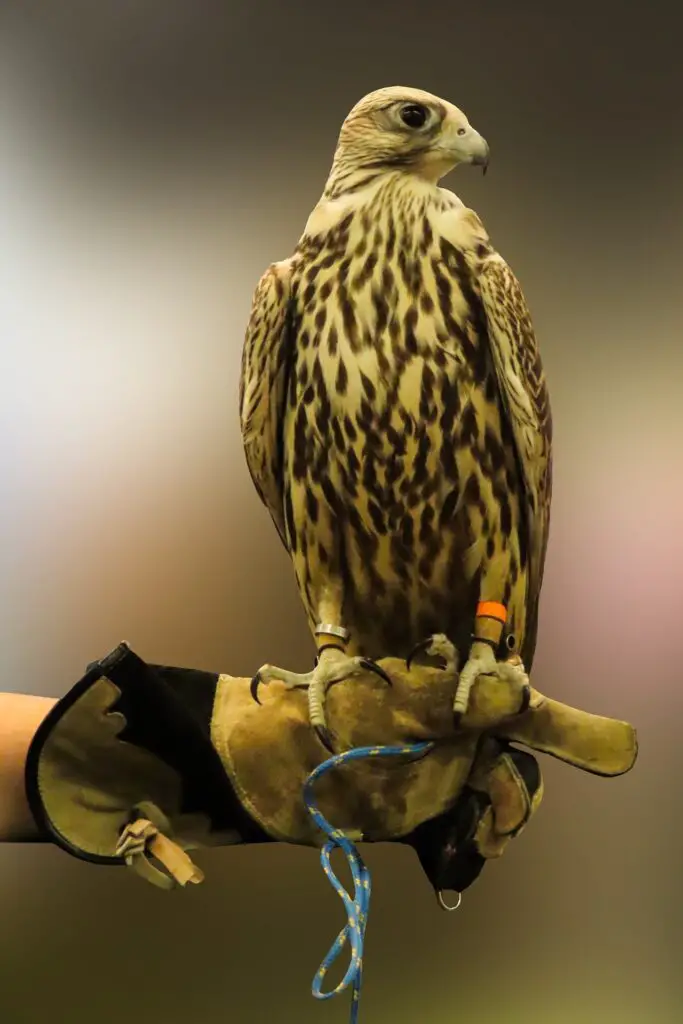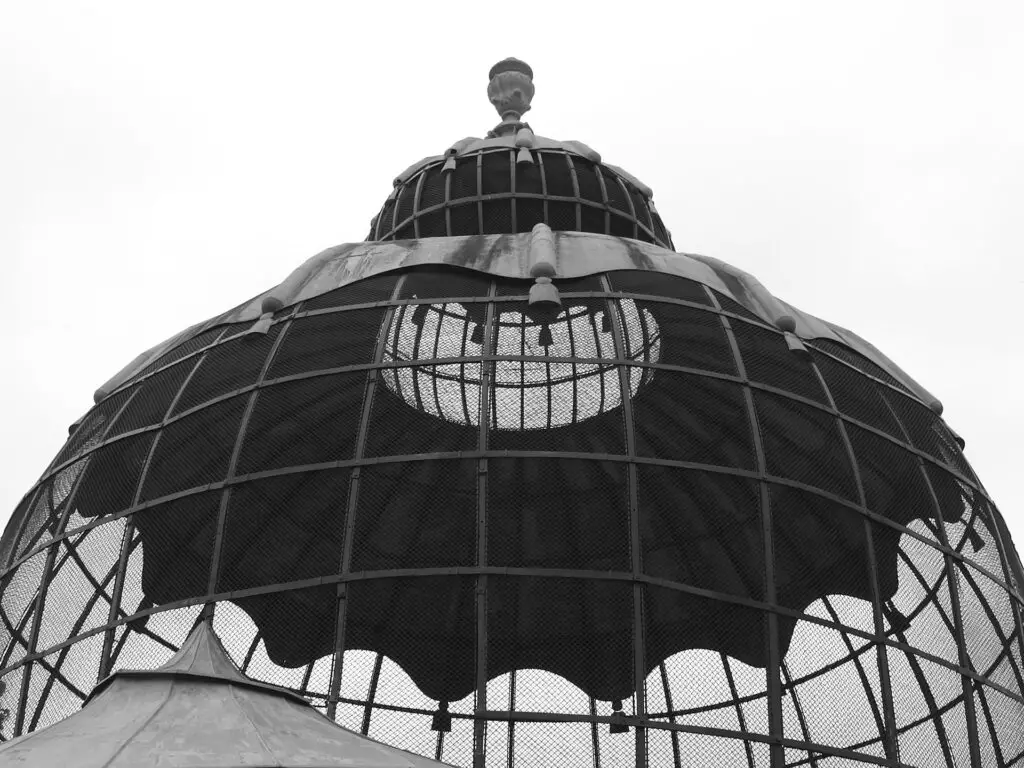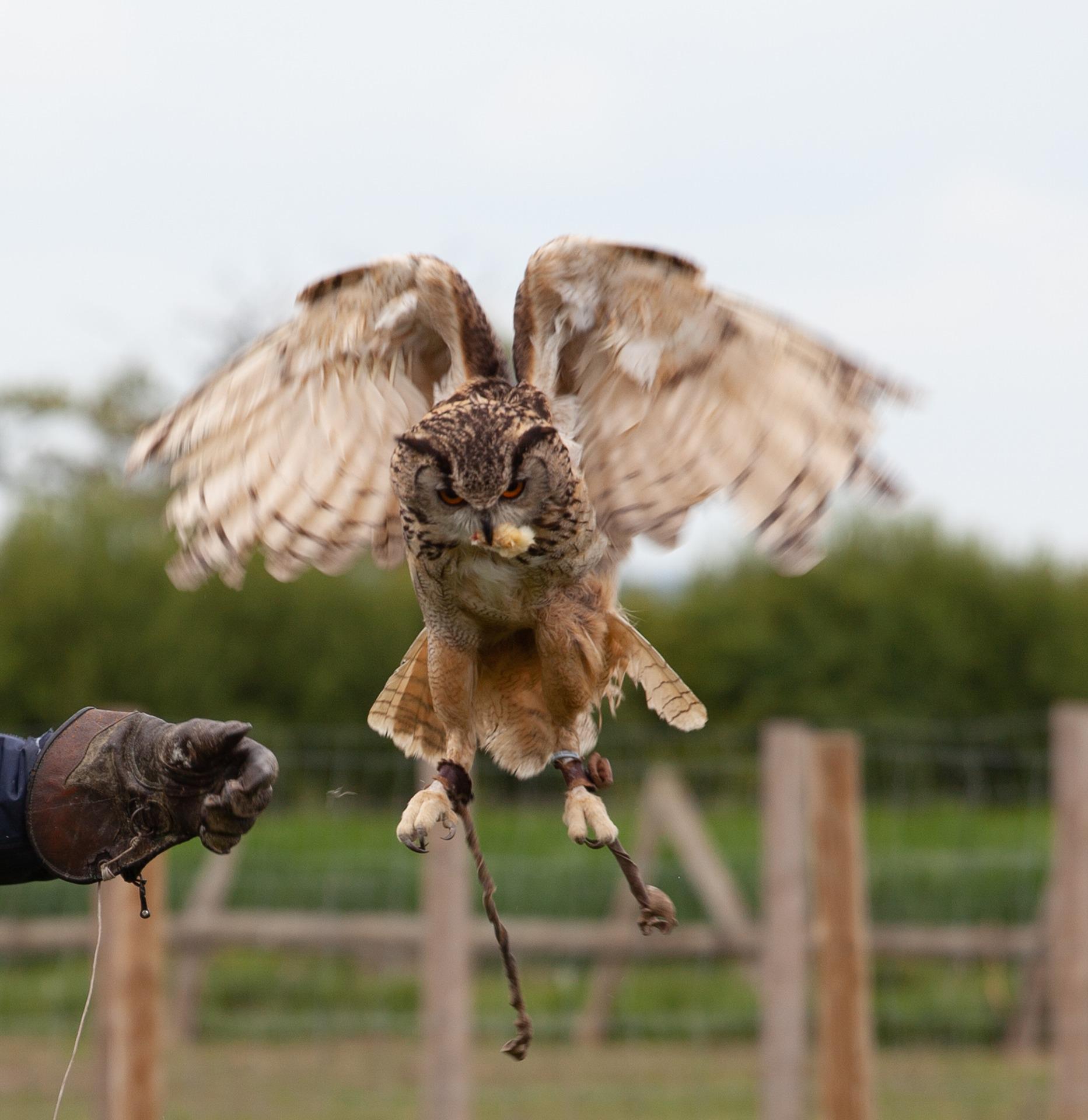If you’ve ever wanted to learn more about how to get into falconry, you’ve come to the right place. With this step-by-step guide, you’ll be on the right track to understand the basics of what it takes to become a successful falconer.

How To Get Started In Falconry
Getting started in falconry requires careful consideration, dedication, and adherence to legal and ethical standards. Here’s a general guide based on my experience on how to get started:
Step 1: Research and Education
To begin, I started by conducting thorough research and educating myself about different aspects of falconry. I looked at books, articles, and online resources to understand the basics of falconry and the responsibilities that come with it.
Understanding the biology, behaviour, and habitat of birds of prey was also crucial. I suggest that you familiarize yourself beforehand with the equipment and tools needed, such as the falconry glove, jesses, and hoods, to make the process simpler.
Step 2: Check Local Regulations
Based on your locality, you should research the necessary permits and licenses that are needed to practice falconry legally and familiarise yourself with the regulations and requirements set by the local wildlife authorities. Thereafter proceed to:
1. Obtain the necessary permits: Most countries require falconers to obtain a falconry permit. These permits are issued by government agencies responsible for wildlife management.
2. Understand the legal requirements: Each country may have different rules regarding the species of birds you can keep, the trapping methods allowed, and the number of birds you can possess. It is essential to thoroughly understand these regulations to ensure compliance and the ethical treatment of the birds.
3. Maintain proper facilities: Local regulations may also dictate the type of facilities required for housing and training birds of prey. These facilities typically include weathering areas, mews (housing structures), and flight pens. Familiarize yourself with the specific guidelines to ensure the safety and well-being of your falconry birds.
Step 3: Research What You Require For a Falconry License
Apart from the necessary permits, you may also need to pass a written test as well as a practical exam before obtaining your falconry license. In some places, an apprenticeship with an experienced falconer is mandatory as well. Research and understand the application process thoroughly to ensure that you have all the required qualifications in place.
Step 4: Find a Mentor
For this step, I aimed to ensure I found the most knowledgeable and experienced falconer who could serve as my mentor. This is a crucial step to becoming a falconer, as your mentor will provide guidance and support, as well as share their expertise with you. A mentor is someone who has been practising falconry for several years and has a deep understanding of the art and science behind it. They can teach you the necessary skills, techniques, and knowledge required to become a successful falconer.
Get in touch with local falconry clubs or organizations to find a mentor. These groups are willing to take on apprentices and share their wisdom. Attend meetings, seminars, or workshops where you can meet experienced falconers and express your interest in finding a mentor. Networking with other falconers is also a great way to find potential mentors.
When approaching a potential mentor, it is important to be respectful and show genuine enthusiasm for falconry. Explain your motivations for wanting to become a falconer and express your commitment to learning and following the ethical practices of the sport. Building a strong connection with your mentor is essential, as they will invest their time, knowledge, and resources into your development as a falconer.

Step 5: Build Facilities
I constructed a weathering area to provide a suitable shelter for my bird. Here are some key components I included in my weathering area:
- Spacious Enclosure: I built a large enclosure to allow my falcon to stretch its wings and move around freely. This gives the bird the opportunity to exercise and maintain its fitness level.
- Sheltered Perches: I added multiple perches inside the enclosure to provide my falcon with comfortable resting spots. I made sure the perches were positioned under a shelter to protect my bird from extreme weather conditions.
- Weatherproof Roof: I built a strong and sturdy roof over the enclosure to protect my falcon from rain, snow, or excessive sunlight. This also helps to prevent escape attempts by the bird.
- Protection from Predators: To ensure my falcon’s safety, I installed a strong fence around the weathering area to keep out potential predators. This barrier helps minimize stress on the bird and allows it to relax.

Step 6: Choose a Bird
To select a bird for falconry, I considered various factors such as species suitability, temperament, and hunting ability. Each bird species has its own unique characteristics that make it suitable for different types of falconry. For example, the Peregrine Falcon is known for its incredible speed and agility, making it an excellent choice for hunting birds in flight. On the other hand, the Harris’s Hawk is known for its social nature and ability to work in groups, making it a great choice for hunting small mammals.
Choosing a falconry bird depends on its temperament as well. Some birds, like the Red-tailed Hawk, are known for being calm and easy to handle, making them a good choice for beginners. Others, like the Goshawk, are more aggressive and require experienced falconers to handle them properly.
Hunting ability is perhaps the most crucial factor to consider when selecting a bird for falconry. You want a bird with a natural instinct for hunting and can catch prey. The Cooper’s Hawk, for example, is known for its exceptional hunting skill and ability to manoeuvre through dense vegetation.
Step 7: Training
It is time to begin training after selecting the appropriate bird for falconry. Training a bird of prey for falconry requires patience and an understanding of the bird’s behaviour and needs. Here are the key steps to successfully train your bird:
- Building Trust: Establishing trust with your bird is crucial. Spend time with it daily, offering food from your glove and speaking in a calm and soothing voice. This will help your bird associate you with positive experiences.
- Basic Obedience: Teach your bird essential commands like “step up” and “come” using positive reinforcement techniques. Start indoors in a controlled environment and gradually move to outdoor spaces.
- Flying Techniques: Begin with short flights on a long line, gradually increasing the distance. Use a lure to encourage the bird to return to your glove. As your bird becomes more proficient, introduce free flying in a safe and secure location.
Always put your bird’s safety and well-being first. Training a bird for falconry is a long-term commitment that requires ongoing education and practice. Seek guidance from experienced falconers and consult resources specific to your bird species. With dedication and proper training, you and your bird can develop a strong bond and enjoy the ancient art of falconry together.
In conclusion, embarking on the journey of falconry requires diligent research, adherence to regulations, a trusted mentor, and proper facilities. Choosing the right bird and investing time in training are also crucial steps. Remember, falconry is not just a hobby but a way of life that requires patience, respect for nature, and a deep connection with your bird. Happy hunting!

By following these steps and continuously educating yourself, you can become a skilled falconer and positively impact the preservation of this sport.
Frequently Asked Questions
What Are the Legal Requirements for Owning a Falconry Bird?
- Owning a falconry bird requires meeting legal requirements, such as obtaining permits and licenses, completing training and apprenticeship programs, and adhering to regulations for housing, care, and hunting.
How Long Does It Typically Take to Build the Necessary Facilities for Falconry?
- It typically takes a few weeks to a few months to build the necessary facilities for falconry. The time frame depends on factors such as the size of the facility, available resources, and any necessary permits or approvals.
Are There Any Specific Breeds or Species of Birds That Are Better Suited for Falconry?
- In my experience, certain breeds like the Peregrine Falcon and Harris’s Hawk have proven to be well-suited for falconry. Their instincts, agility, and cooperative behaviour make them excellent partners in this ancient art.
How Often and for How Long Should Training Sessions Be Conducted With a Falconry Bird?
- Training sessions with a falconry bird should be conducted regularly and for a duration appropriate to the bird’s attention span and progress. It is important to establish a consistent routine to ensure effective training and bonding.

